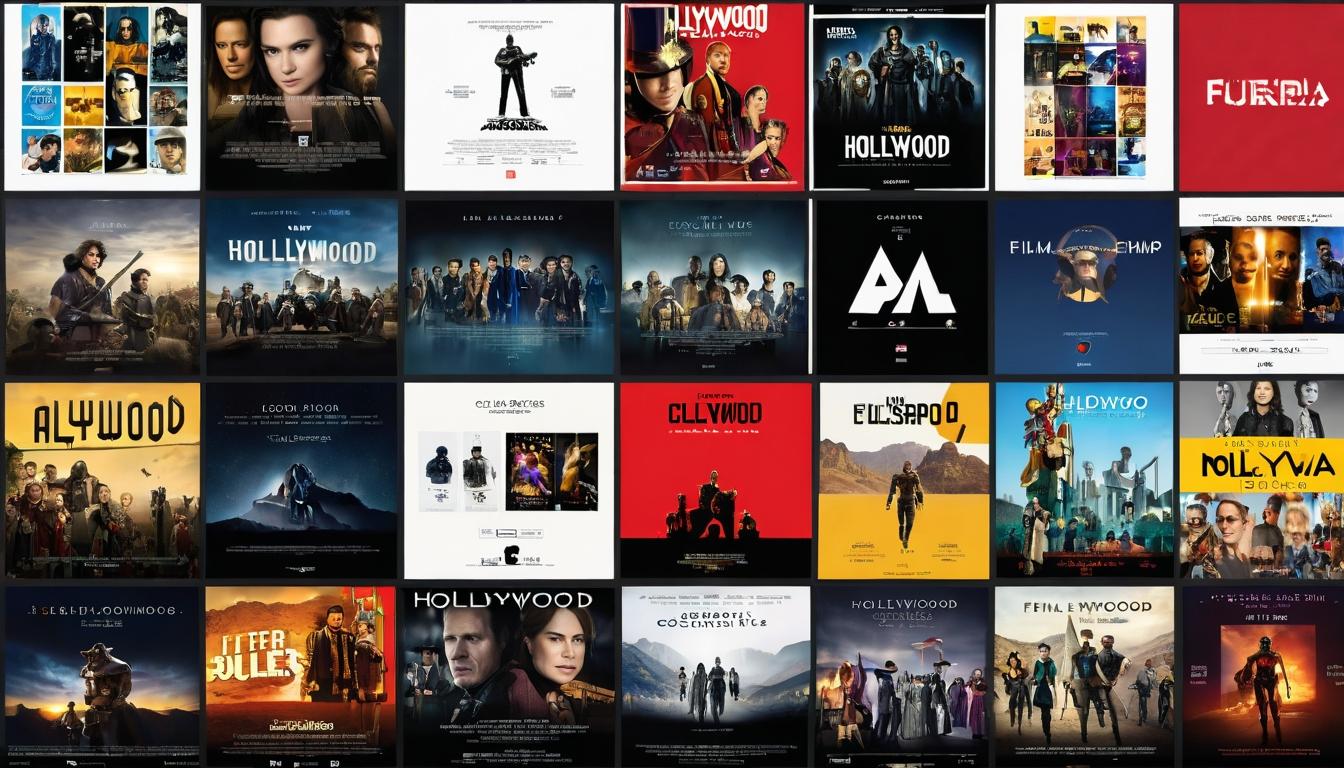The lights dim, the audience settles, and before the first image appears, the music begins. It's a moment most moviegoers take for granted, but behind that opening chord lies a revolution quietly reshaping Hollywood's soundscape. While mainstream attention focuses on box office numbers and celebrity gossip, a seismic shift is occurring in the world of film composition—one that's challenging decades of established conventions and creating new sonic possibilities.
For years, film scoring operated within well-defined boundaries. The lush orchestras of John Williams, the minimalist tension of Bernard Herrmann, the electronic experimentation of Vangelis—each represented distinct approaches, but all operated within a system that valued tradition and predictability. Today, that system is being dismantled piece by piece, as composers embrace everything from AI-assisted composition to global folk traditions, creating scores that are as diverse as the films they accompany.
What's driving this transformation isn't just artistic restlessness. The economics of filmmaking have changed dramatically. Streaming platforms demand constant content, creating opportunities for composers who can work quickly and across multiple genres. Independent films, once limited by tiny budgets, now access sophisticated digital tools that allow for orchestral-quality scores at a fraction of the cost. The result is a democratization of film scoring that's bringing fresh voices to the forefront.
One of the most fascinating developments is the rise of hybrid scoring. Composers like Hildur Guðnadóttir, whose work on 'Joker' earned her an Oscar, blend traditional instrumentation with experimental sounds—sometimes literally building instruments from scratch to achieve unique textures. Others are incorporating field recordings, found sounds, and digital manipulation in ways that blur the line between music and sound design. This approach creates scores that feel organic to their films rather than simply accompanying them.
Technology plays a dual role in this evolution. On one hand, sample libraries and digital audio workstations have made professional-quality composition accessible to anyone with a computer. On the other, AI tools are beginning to assist with everything from generating melodic ideas to orchestrating complex passages. The best composers aren't seeing technology as a threat but as a collaborator—using these tools to expand their creative palette while maintaining their artistic voice.
The globalization of film music represents another major shift. Where Hollywood once exported its scoring traditions worldwide, we're now seeing a rich cross-pollination of musical styles. Indian composers bring complex rhythmic structures to Western films, while Middle Eastern maqams and African polyrhythms are finding their way into mainstream scores. This isn't just cultural appropriation—it's genuine collaboration, with composers from different traditions working together to create something entirely new.
Perhaps the most significant change, however, is in how scores are integrated into the filmmaking process. Where composers once received nearly-finished films and wrote to picture, many are now involved from the script stage, helping shape the emotional arc of the story. This deeper collaboration results in scores that feel more integral to the narrative—music that doesn't just support the story but becomes part of its DNA.
The business side has transformed just as dramatically. Royalty structures have evolved with the streaming era, while synchronization rights have become increasingly complex in a world of international co-productions and multi-platform releases. Composers are becoming more business-savvy, understanding that their art exists within an economic ecosystem that requires careful navigation.
What does this mean for the future of film music? We're likely to see even greater diversity in scoring approaches, with composers developing highly individualized sonic signatures. The line between composer and sound designer will continue to blur, creating new hybrid roles. And as virtual production techniques advance, we may see real-time scoring becoming more common, with composers creating music during filming rather than in post-production.
The revolution in film scoring isn't just about new sounds—it's about new ways of thinking about what film music can be. It's about breaking down barriers between genres, between cultures, between roles in the filmmaking process. The next time you sit in a darkened theater, listen closely. You're not just hearing music—you're hearing the sound of an art form reinventing itself.
The unsung revolution: how film composers are rewriting Hollywood's sonic rulebook

